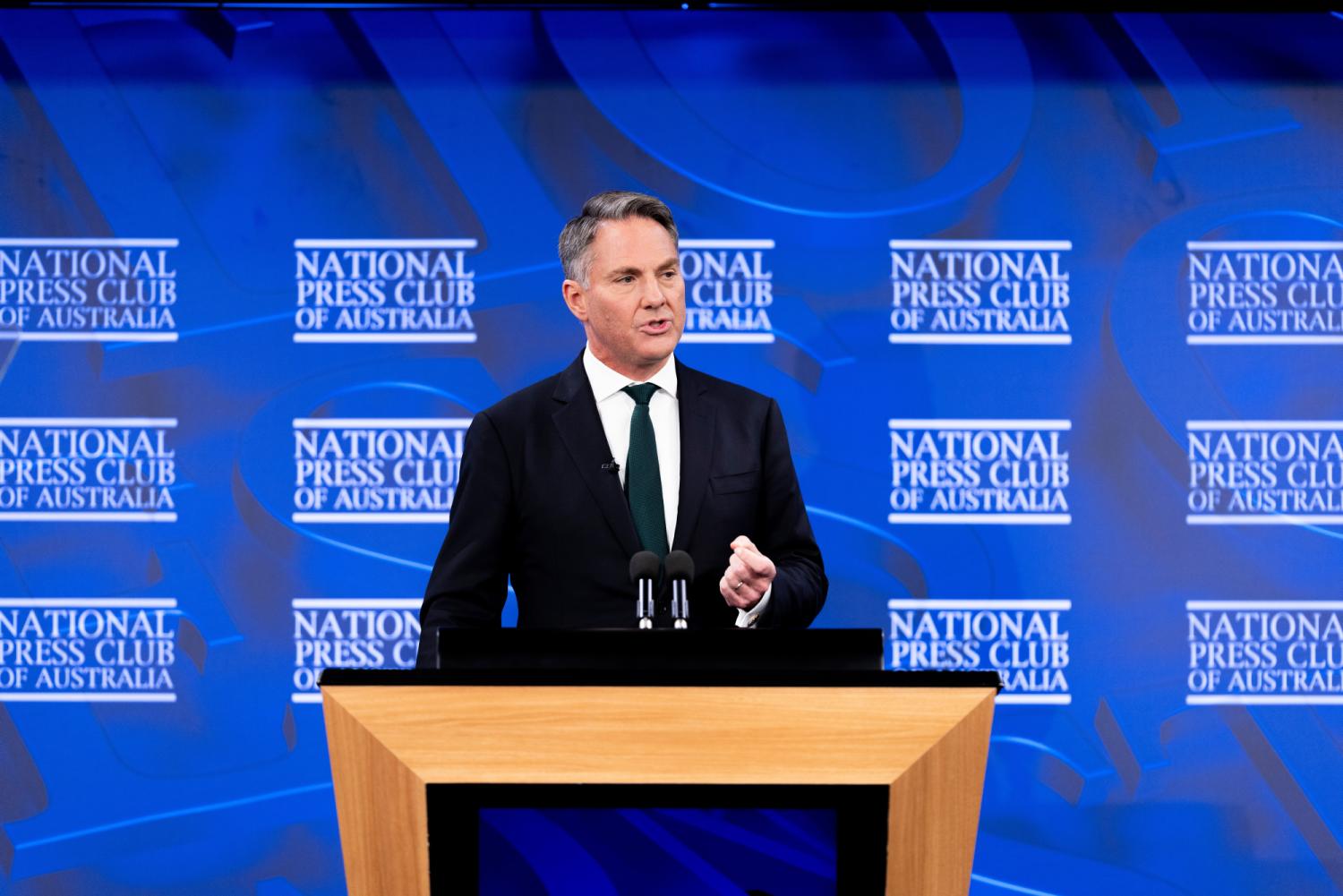The Australian Defence Minister launched a new National Defence Strategy last week. It is accompanied by a revised Defence Integrated Investment Program (at the same link) describing important people, equipment, and weapons priorities.
The new strategy contains three foundational ideas. The first is that the security environment in the Indo-Pacific, and globally, is changing rapidly and in ways that are not favourable to Australia’s interest. Second, that the nation must focus the bulk of its defence efforts on the region. Finally, the document adopts a strategy of denial as the key approach to defence planning.
A deterrence-by-denial concept is appropriate for Australia. As a nation allied to one superpower and facing potential conflict with another, Australia has to make a choice from three different approaches to deterring attacks against the nation and its interest.
First, Australia might adopt deterrence by punishment. This promises to inflict costs on an adversary until compliance is achieved. For the 13th-largest economy in the world to propose doing this against the second-largest is not good strategy. A second approach is deterrence by retaliation. This is where Australia would threaten that the costs of a future undesirable activity by China or others will exceed the gains secured by that activity. In both cases, this would require Australia to have the capacity to strike directly and often at the homeland of our most likely adversary.
As such, Australia for decades has embraced (implicitly and lately, explicitly) a defence strategy which focusses on deterrence by denial, which promises that our response to some unwanted act will directly prevent our opponent from achieving their objectives. It implies a focus on targeting the forces directly threatening us, rather than the adversary's homeland.
For example, the 1994 Defence White Paper described how Australia’s “defence capabilities will be developed so we can continue to be able to deter or defeat any credible armed attack.” The 2009 White Paper also noted that “The principal task for the ADF is to deter and defeat armed attacks on Australia” and the 2013 version takes the same line, noting that “the highest priority ADF task is to deter and defeat armed attacks on Australia.” In 2016, this strategic task was described as “deter, deny and defeat attacks on or threats to Australia and its national interests, and northern approaches.”
A key shift occurred with the 2020 Defence Strategic Update which, while retaining deterrence-by-denial as the foundational idea, shifted towards longer-range strike weapons to hold off potential adversaries further from the Australian mainland and to complicate their strategic planning. This approach is sustained in the 2024 National Defence Strategy, with deterrence-by-denial now a “strategy of denial”. So, contrary to the Minister’s foreword describing it as a fundamentally new approach to defence, this Strategy represents more continuity than change.
Resourcing for Defence is spelt out in both the strategy and the accompanying investment plan. Doubling the defence budget over the next decade (see p. 67) will provide a welcome investment in maritime, intelligence, logistics and land forces, and ensure a variety of advanced long-range surveillance and strike capabilities for the ADF.
This has necessitated some trade-offs, with a proposal for an additional squadron of Joint Strike Fighters (JSF) being ruled out, and two naval support ships deferred. The JSF decision is logical; the air defence and long-range strike missions they might have conducted can be done more cheaply and effectively with the new land and maritime platforms. The cut of two naval support vessels is more problematic. An expansion in the number of naval surface combatants should drive the need for more floating petrol stations. The government may yet rue this decision.
Overall, the strategy is a logical continuation of long-standing defence strategy with appropriate investments in capabilities that will ensure the ADF can keep pace with the rapidly changing character of war. But four key challenges remain.
First, is the government moving fast enough? After admiring the strategic environment for two years, the government has finally issued a plan for action. But is that plan going to deliver the right capabilities at the right time to achieve the strategic deterrence effect that it desires?
Second, is it big enough? The ADF, even after the entire investment plan is delivered, will still only be a small military force with around 80,000 personnel.
Third, are there enough people? Military recruitment faces many challenges.
Finally, is the National Defence Strategy national enough? This document is in actuality a military strategy only. The government should overcome its reluctance – shared by its predecessors – to produce a proper national security strategy, one which takes in all aspects of national power, not just military power.
Despite these challenges, the National Defence Strategy provides a useful description of Australia’s strategic circumstances and the government’s policy direction. There is clear increase in military capacity to deter and respond to threats at longer range.
As ever, the real challenge will be the disciplined implementation of the plan. To borrow a favourite phrase of Defence Minister Richard Marles, perhaps the most “impactful projection” he can make is to impose the government’s priorities on an often slow and bureaucratic Defence Department.

